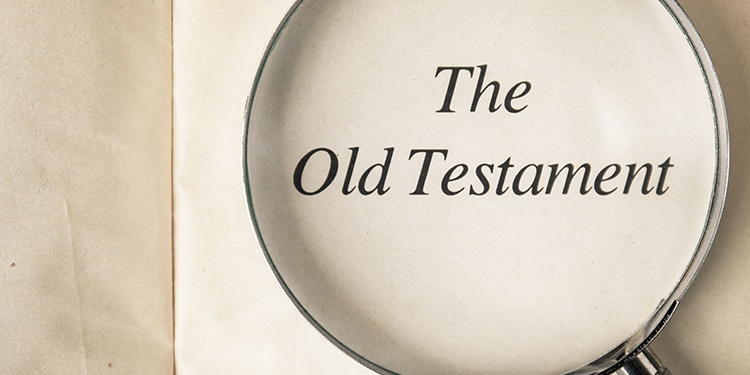In the Fulness of Time/Part 64
| By: Dr. Thomas O. Figart; ©2007 |
| In Matthew 10:34, Jesus, the Prince of Peace, says, “Think not that I am come to send peace on the earth…” What did He mean? How can we reconcile that with other things the Bible teaches about Him? |
Peace or a Sword: The Challenge of Division. Matthew 10:34-36
- Matthew 10:34-36 “Think not that I am come to send peace on earth; I came not to send peace, but a sword. For I am come to set a man at variance against his father, and the daughter against her mother; and the daughter-in-law against her mother-in-law. And a man’s foes shall be they of his own household.”
Christ’s declaration here sounds contrary to everything He has said up to this point. His message about the kingdom of heaven as “at hand.” His miraculous works to prove His right to the Davidic throne seem at variance with 10:34. It is drastic enough to cause A.T. Robertson to remark, “A bold and dramatic climax. The aorist infinitive means a sudden hurling of the sword where peace was expected” (Word Pictures in the New Testament, Nashville: Broadman Press, 1930, Vol. 1 p. 83).
If this challenge of division is taken along with Matthew 9:15, 10:1-23, a connection can be observed. Before the Twelve were commissioned to reach the Jews, Christ prophesied that He, the Bridegroom would be taken away (9:15); then in 10:1-23 the sequence of events would involve a period of persecution and tribulation, to the extent that the family members would be divided against one another (10:21) climaxing in worldwide hatred of believers (10:22) and the coming of the Son of Man (10:23).
Then in 10:24-31 come the admonitions to “fear not,” followed by this statement in 10:34 that Christ did not come to send peace on the earth but a sword. All of this ties in nicely with that which will be presented in the Olivet Discourse in Matthew 24-25 concerning the events preceding the return of Christ to the earth. In commenting on Matthew 10:16-25 Stanley Toussaint gives the following Old Testament Messianic calendar of events:
- According to the Hebrew Scriptures the Messiah, after He appeared, was to suffer, die, and be raised again (Daniel 9:26; Psalm 22; Isaiah 53:1-11; Psalm 16:10). Following the death and resurrection of the Christ there was to be a time of trouble (Daniel 9:26-27; Jeremiah 30:4-6). The Messiah was then to return to the earth to end this tribulation and to judge the world (Daniel 7:9-13, 16-26; 9:27; 12:1; Zechariah 14:1-3). Finally, the Messiah as King would establish His kingdom with Israel as the head nation. (S.D. Toussaint, Behold the King, Portland, Oregon, Multnomah Press, 1980, p. 140).
In this respect, therefore, Christ did not come to send peace, but a sword. He did genuinely offer His kingdom of peace, but His own people received Him not, and in His foreknowledge Jesus knew that His messengers also would not be received by the nation. In His later teaching concerning the parable of the householder in Matthew 21:33-46 Jesus speaks of sending His servants to the farmers who killed one and stoned another, eventually killing the son as well. If the Church Age had not intervened, the period of Tribulation would have intensified after the ascension of Jesus and the Old Testament sequence of events would have been fulfilled. At such a time as this, the intra-family hatreds would have occurred just as Jesus predicted in 10:35-36. Then Jesus would return, defeat His enemies and reign on earth as the Prince of Peace!
While it is true that even now in some cases, “a man’s foes” become those of his own household when one converts to Christianity, this in no way negates the predictions made by Christ; they will all be fulfilled “in the fullness of time.”








[…] Previous Article […]